San Francisco Fed President Mary Daly said overnight that policymakers “got the economy and the policy in a good position right now.” Fed is “well positioned to weather this storm we are in”. Though, she also acknowledged that “it remains to be seen if more will be needed”. She’ll “continue to watch the data and see if adjustments will be necessary” on monetary policies.
Daly also said in a speech that Fed has a “critical role to play” in building a society of “equal opportunity and inclusive success”. “We’ve committed to finding full employment experientially, by seeing it in wages and prices. When we’ve achieved 2 percent inflation on average, we will know that we have approached our maximum and that the economy is firmly on its sustainable path.” She added.
“In other words, in the absence of sustained 2 percent inflation or emerging risks, such as to financial stability, we will not take the punch bowl away while so many remain on the economic sidelines.”


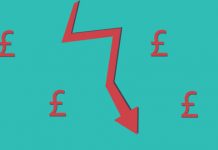

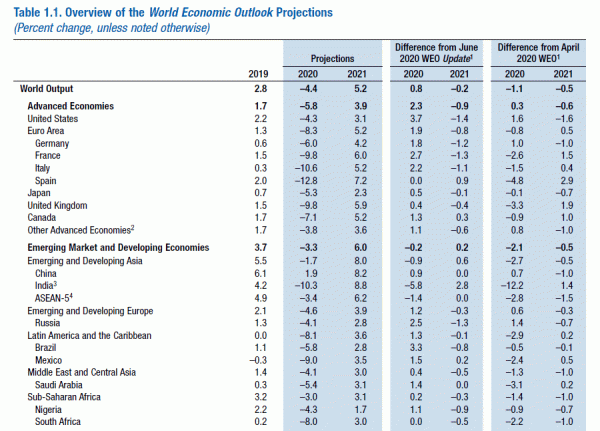

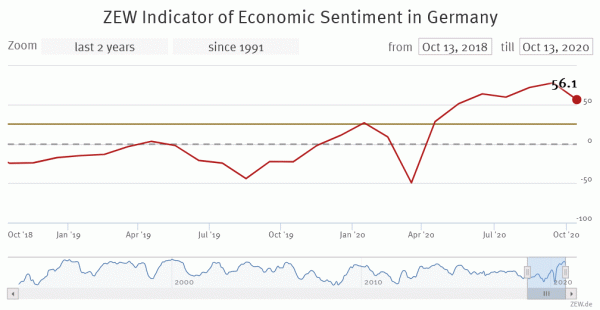
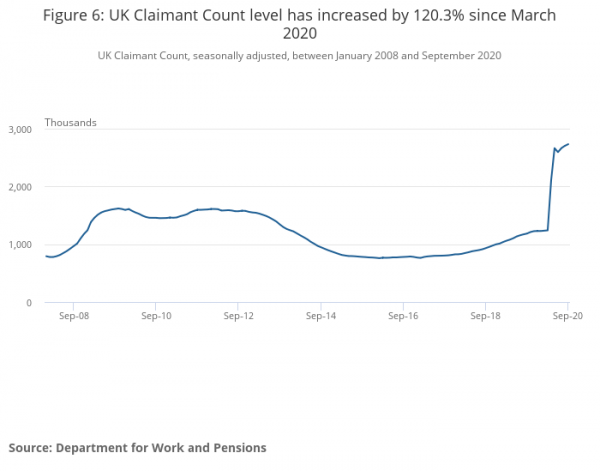
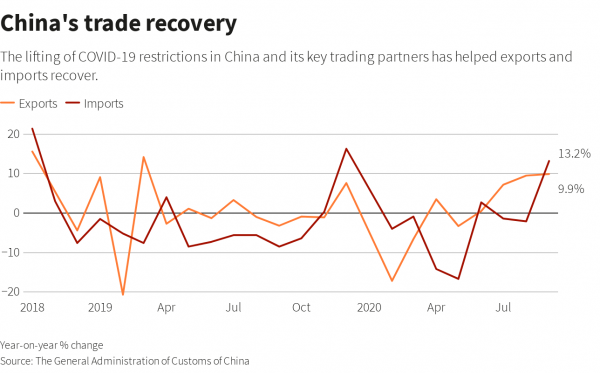
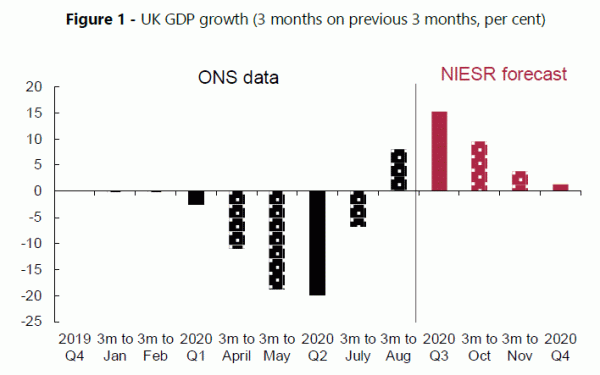
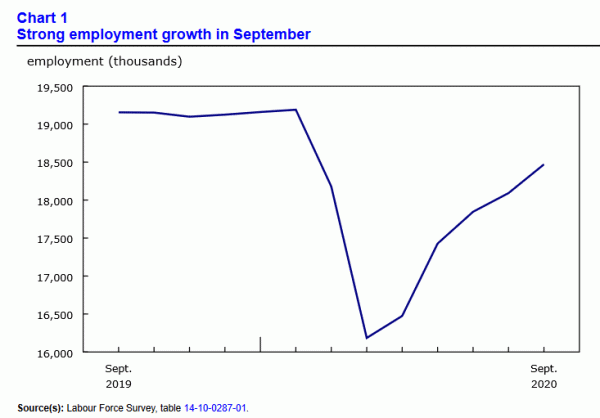
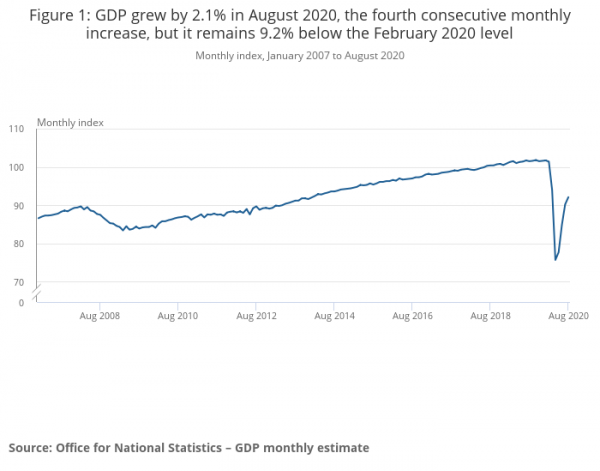
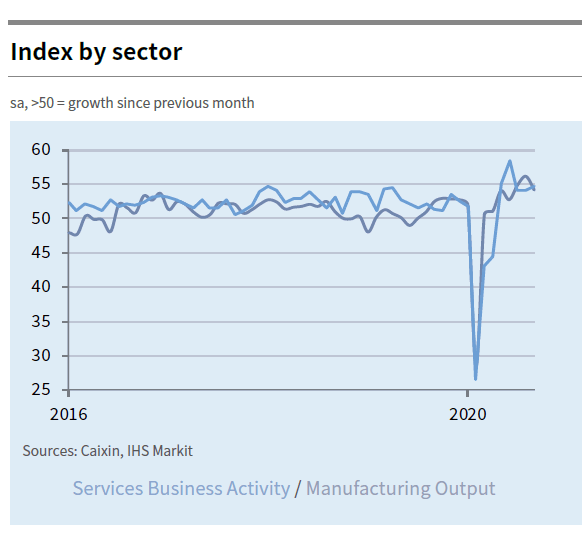

RBNZ Hawkesby: Negative rate is not a game of bluff
RBNZ Assistant Governor Christian Hawkesby said the central bank is still “very much in the mindset of ‘have we provided enough stimulus, and if we need to provide more what is the best way to do that?'” And that is what “motivated our work around active preparation of a package of further tools.”
He emphasized that negative interest rate is “not a game of bluff” to talk down the New Zealand Dollar exchange rate. Though, “the biggest challenge about having a negative policy rate is the communication challenge,” he said. “How to explain it to the general public, how to explain it as a policy, how to win the argument, how to retain hearts and minds that you’re doing the right thing for the right reasons.”